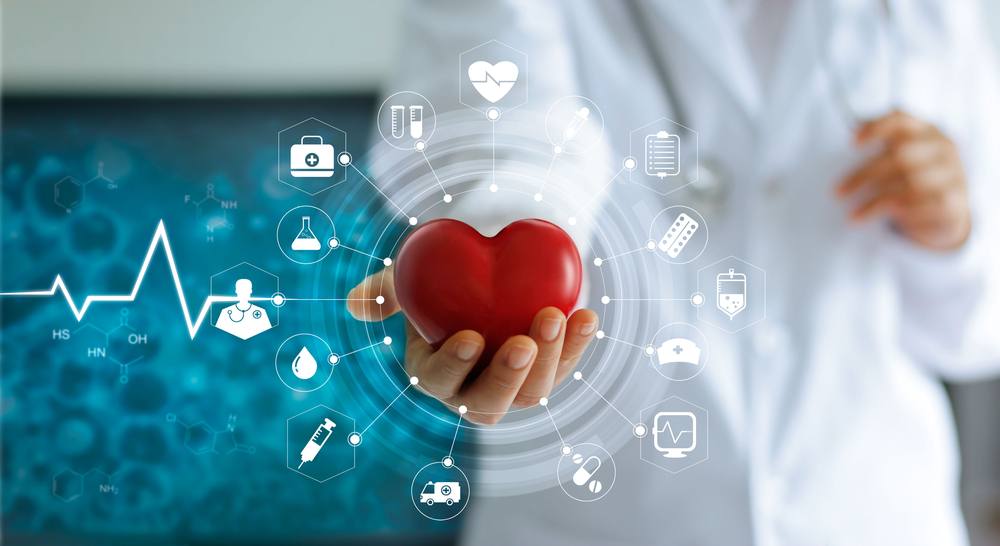
Every year, World Heart Day is celebrated on Sept. 29 to increase awareness of cardiovascular diseases and how to control them.
Having a healthy heart is always the goal, but sometimes you need some help to make sure everything is working just right. And that's where heart tests come in.
Health care providers can order many types of heart tests for their patients, and it can get confusing and sometimes scary. Dr. Christopher DeSimone, a Mayo Clinic cardiologist, hopes to put patients at ease by explaining what each test is and does.
Watch: Understanding heart tests.
Journalists: Broadcast-quality video (2:49) is in the downloads at the end of this post. Please "Courtesy: Mayo Clinic News Network." Read the script.
Cardiac stress test
"It's (a stress test) not a scary test. It's not putting you mentally under stress. It's physically putting you under stress. I don't want any patient to be scared or worried about a stress test. It's not going to be harmful. It's not going to be painful at all," says Dr. DeSimone. "A cardiac stress test is just that. We're trying to see what happens when we put your heart under stress. We could do that with making you exercise. We could do that with giving you drugs to mimic exercise, even though you're sitting down. We sometimes also do a nuclear stress test. In this test, we give you an injection of short-lived radioactive medications that are taken up by the heart so that we can get an image of the heart function at rest and with stress. These are safe and rapidly leave your system. There is no pain whatsoever."
The reason cardiac stress tests are performed is to see if the heart can keep up when put under stress. If not, usually the main reason is the patient cannot get enough blood flow and oxygen to the heart itself. This may suggest blockages in the arteries that feed the heart blood and oxygen.
EKG
"It's (an EKG) a 10-second snapshot of the electricity of what your heart's doing ― top of the heart and bottom of the heart. During the test, you will lay down ― again, no pain at all. They'll put several sticky patches across the chest wall. It's like giving the physician 12 cameras because there are 12 patches used for an EKG. This also gives us a look into how healthy the muscle is in the atrium and ventricles, the top and bottom chambers of the heart. It's a very helpful test, noninvasive and a very quick procedure," says Dr. DeSimone.
Echocardiogram
An echocardiogram is essentially an ultrasound for the heart, and it's used to give health care providers a better look at a patient's heart in real-time.
"It provides a very comprehensive look at how the blood is flowing in the heart, noninvasively. Nothing's going inside of your heart. So, again, it's a painless procedure. Nothing to worry about. But that gives us a lot of information about how healthy your heart is, the size and shape of the heart, how all of the walls of the heart are moving, how the blood is flowing across valves in the heart as blood travels from chamber to chamber and to the rest of the body.
Dr. DeSimone hopes to take some of the fear out of heart tests so more people will be proactive about their heart health.
"We're trying to diagnose what's going on with your heart electrically, structurally, and what we could do to make you feel better ― or in certain cases prolong your life. We're always trying to improve your quality of life," says Dr. DeSimone.
____________________________________________
For the safety of its patients, staff and visitors, Mayo Clinic has strict masking policies in place. Anyone shown without a mask was either recorded prior to COVID-19 or recorded in a nonpatient care area where social distancing and other safety protocols were followed.







